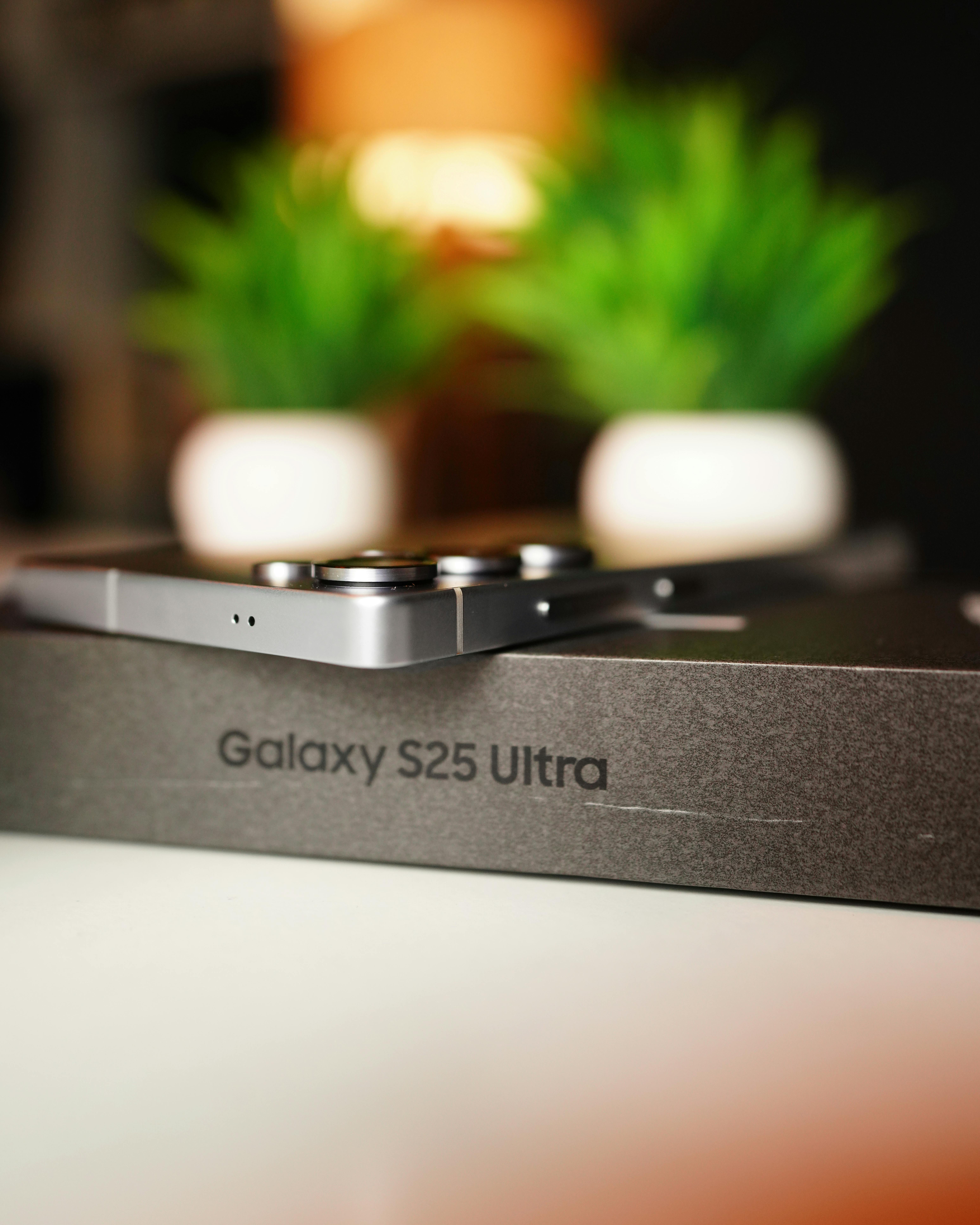
Introduction
At the start of 2025, tech enthusiasts worldwide were abuzz with anticipation. Apple and Samsung, long-time industry titans, unleashed their flagship devices: Apple introduced the budget-conscious yet powerful iPhone 16e, while Samsung returned fire with its innovative Galaxy S25 series. Both launches carried sky-high expectations, and for a moment, it seemed like they’d dominate the year.
However, as Q1 drew to a close, the initial momentum began to wane. What started as a thrilling sprint turned into a cautious jog, with both giants facing challenges that tempered their early success. Let’s explore the highs, the hurdles, and what this means for the future of smartphones.
A Promising Start for Apple and Samsung
Apple’s iPhone 16e, unveiled in late February, marked a strategic shift. Priced at $599, it was pitched as an accessible entry point into the Apple ecosystem—perfect for those upgrading from older SE models. Sporting the A18 chip and Apple Intelligence features, the 16e blended modern performance with a compact form factor. Early reviews applauded its speed, battery life, and affordability, with strong sales especially in the U.S. and Europe.
On the other side, Samsung’s Galaxy S25 series launched slightly later than expected. The lineup included the standard S25, the premium S25 Ultra, and the surprise reveal—S25 Edge, featuring a razor-thin profile. Packed with the Snapdragon 8 Elite chip, Galaxy AI enhancements, and 120Hz displays, the S25 series targeted power users. The delayed release didn’t seem to hurt Samsung initially, as social media buzzed with comparisons, unboxings, and first impressions.
The Peak: A Heated Rivalry
By mid-March, both companies were riding high on the initial waves of excitement.
Apple’s 16e was selling briskly, particularly in regions where its price undercut mid-range Android rivals like Xiaomi’s A series. Meanwhile, Samsung’s S25 Ultra garnered praise for its camera system and stylus support, appealing to productivity enthusiasts and creators alike.
Online discussions reflected the competitive intensity of the rivalry. One viral post claimed that Samsung had sold over 60 million units in Q1—a bold figure. However, market research indicated a different story: Apple edged out Samsung in global market share, capturing 19% vs. Samsung’s 18%, largely due to the iPhone 16e’s early availability.
The race was close, sparking debate among tech analysts about the smarter strategy: Apple’s earlier launch of an affordable model or Samsung’s staggered release of a more diversified lineup.
The Slowdown Begins
As March turned into April, the excitement began to fade.
For Apple, while the iPhone 16e had a robust start, reality soon caught up. Its single-camera system, lack of MagSafe, and absence of premium features like ultrawide photography drew criticism. Consumers began questioning whether the $599 price tag really delivered value, especially as more feature-rich Android options emerged around similar price points.
Samsung wasn’t immune either. While the S25 Ultra remained a favorite among tech aficionados, the buzz surrounding the S25 Edge dimmed due to its delayed release until May. This meant that one of Samsung’s most anticipated devices didn’t make it to the critical buying window of Q1. As excitement cooled, some buyers decided to wait or look elsewhere.
What Went Wrong?
The challenges faced by Apple and Samsung were both strategic and technical.
For Apple, the 16e had to balance affordability with performance. While it appealed to upgraders from much older models, it struggled to resonate with the broader mid-range market, where Android competitors like Xiaomi, OnePlus, and Realme continued to innovate aggressively.
For Samsung, fragmentation may have blurred the lines of momentum. With three models and staggered releases, consumers faced confusion or hesitated before making a purchase decision. Coupled with the rising expectations around Galaxy AI technology and some underwhelming practical applications, the initial buzz cooled more rapidly than anticipated.
On a global scale, market conditions also contributed to the challenges. Smartphone growth remained stagnant, hovering around 3% YoY, with brands essentially vying for the same customer base. Competitive brands held onto significant shares of the market, with Xiaomi retaining a strong 14% share due to their aggressive pricing strategies, drawing in budget-conscious users who might have otherwise chosen the iPhone 16e or Galaxy S25 base model.
Looking Ahead: A Marathon, Not a Sprint
As we reached mid-April, it became evident that Q1 2025 told a story of two contrasting halves. Apple’s iPhone 16e offered the company an early lead, but its limitations were becoming apparent. Meanwhile, Samsung’s S25 lineup demonstrated potential, yet its delayed rollout—particularly of the S25 Edge—seemed to have muted its overall impact.
Despite these setbacks, both companies still possess abundant opportunities for resurgence.
Apple’s iPhone 17 rumors are circulating, with promises of significant upgrades that could revive interest come fall. Samsung, too, is preparing for the global launch of the Edge and is likely devising strategies for foldable devices or a summer refresh to kindle enthusiasm.
Final Thoughts: Did They Live Up to the Hype?
In conclusion, did the iPhone 16e and Galaxy S25 series meet the lofty expectations? For some users, undoubtedly. Others may perceive them as a reminder that innovation must extend beyond flashy specifications; it also has to maintain momentum.
As always, the real verdict lies with you—the users.
Did you upgrade to the iPhone 16e or the Galaxy S25?
Were the features worth the wait (or the price)?
Let us know your thoughts in the comments below!